- Crooked teeth result from a discrepancy between the size of the teeth and the size of the jaw. Genetic factors, tooth loss and childhood habits are some of the causes of crooked teeth.
- Crooked teeth can cause flossing problems, tooth decay, bad breath, speech problems and pain with biting.
- Braces, Invisalign, extraction and veneers are some of the treatment options for crooked teeth. The choice depends on the severity of the misalignment and other individual factors.
Find a low-cost dentist near you with Authority Dental.
Do you need to have crooked teeth treated? Here's everything you need to know.
Crowded teeth definition
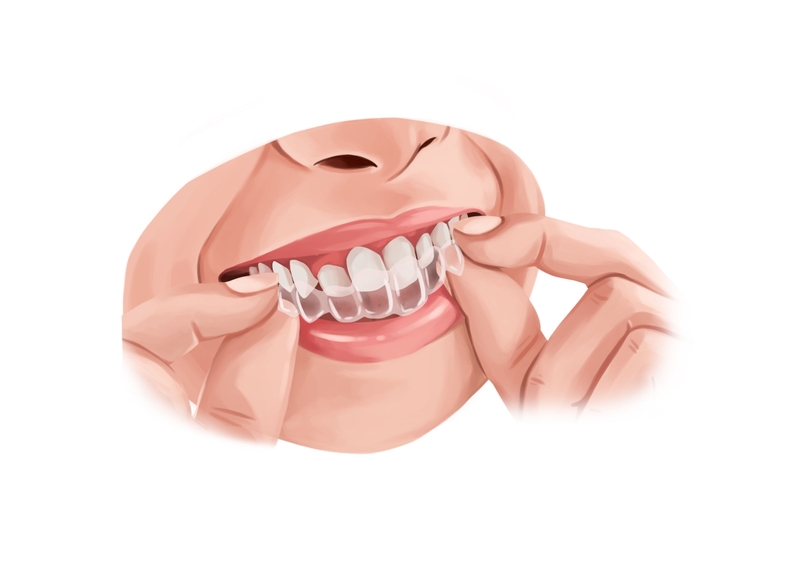
Picture by Authority Dental under CC 2.0 license
Tooth crowding is defined as the discrepancy between the size of the teeth and the size of the jaw. This discrepancy results in the misalignment of the dental arch.
There are several signs and symptoms that you may have crowded teeth. The first, of course, can be seen in the appearance of your teeth. If they look crooked, you have crowding. Another tell-tale sign is if you have difficulty flossing between your teeth. You may have to use excessive pressure to floss, or the floss may get shredded when you are able to get it between your teeth.
Crowded teeth may also cause individuals to have:
difficulty chewing their food,
excessive tooth decay,
bad breath, and
either minor or major speech problems.
Lastly, if you tend to bite your tongue or the inside of your cheek frequently, you may have crowded teeth.
Crowding of the teeth may range from mild cases to more severe. Mild crowding involves just one anterior (front) tooth in either the maxillary (upper) or mandibular (lower) arch. It may be slightly rotated and out of line with the rest of the arch. Moderate crowding involves two or three anterior teeth in one of the arches. These teeth will overlap each other. Severe crowding involves most of the anterior teeth in the arch and will result in a severe overlap.
Why is my teeth crooked?
Crooked teeth may be caused by several factors.
Tooth to jaw ratio
The primary cause is when the teeth are larger than the jaw - the jaw is not large enough to accommodate all of the teeth. This is genetic in nature.
Premature loss of primary teeth
If a primary tooth is lost early - due to decay or trauma - the adjacent teeth may move into the empty space. Once they have moved into the space, there will be nowhere for the permanent tooth to erupt. This is the reason why your dentist will recommend a space maintainer if a tooth is lost prematurely.
Over-retained primary teeth
The opposite of premature tooth loss is when the primary tooth is over-retained. This occurs when a primary tooth begins to loosen but is tightened back into the gum tissue, preventing its eruption. This keeps the permanent tooth from erupting, which causes crowding. Dentists will recommend extracting any primary teeth that do not erupt on schedule.
What problems do crowded teeth cause?
Crowded teeth can cause many problems, including:
excessive decay,
muscle fatigue,
speech impediments,
temporomandibular joint pain,
excessive dental wear,
pain with biting.
How to fix crooked teeth?
There are several ways to fix crooked teeth. Your orthodontist may need to use several methods. You will need to consult with them to determine which method is best for you.
Braces
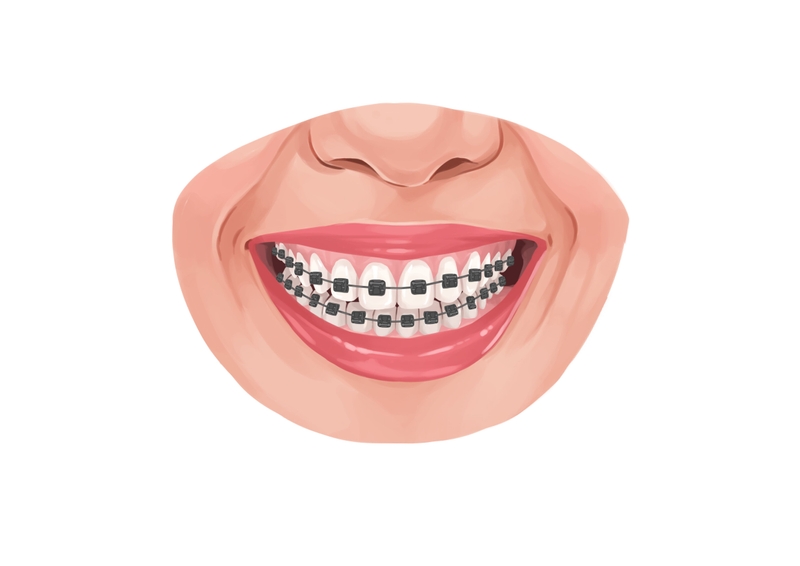
Picture by Authority Dental under CC 2.0 license
The most common method used to fix crooked teeth is braces. Metal brackets are placed on the teeth and then connected by a wire. You’ll see an orthodontist periodically, and they will tighten the braces by placing different wires. This method usually takes 24 months to complete, but the timeline will vary depending on how much movement must occur.
Many people choose the traditional, metal brackets. But, there are alternatives available. Instead of metal brackets, you can choose clear, ceramic brackets. These are less noticeable and a popular choice among adults. (The wires will remain metal-colored.) In some cases, the brackets may be able to be placed on the lingual (back) side of your teeth. This is even less noticeable, but they are much harder to clean.
Invisalign
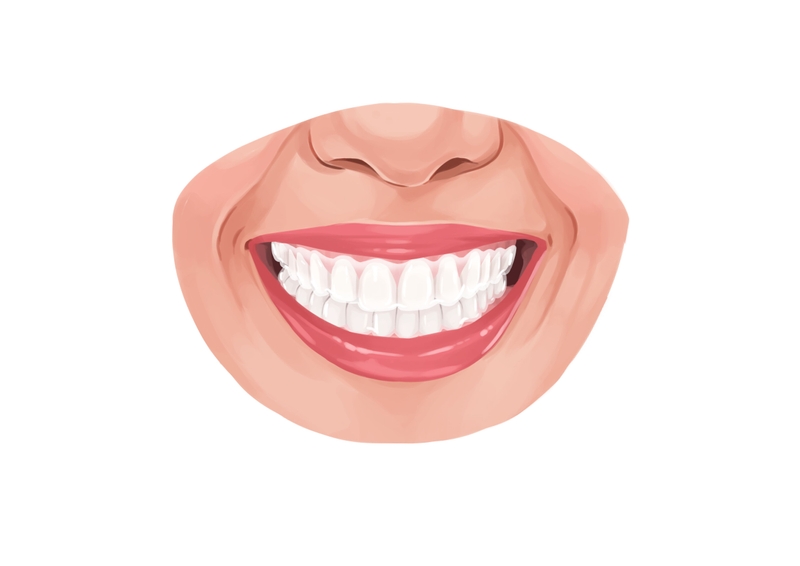
Picture by Authority Dental under CC 2.0 license
Invisalign is another alternative to braces that is becoming increasingly popular. Invisalign is a clear aligner that moves the teeth over time. You will have a series of aligners (the exact number depends on how long your treatment will take) that you will replace every one or two weeks. You can take them in and out to clean and eat, but they need to stay in place for at least 22 hours per day.
You may also need to have “buttons” placed on some of the teeth. These buttons are small mounds of composite resin that are placed on the teeth to give the aligners more force. The composite is tooth-colored, so they are barely noticeable. Lastly, you may need interproximal reduction. This involves taking a tiny amount (fractions of a millimeter) of tooth structure from between the teeth to allow for movement.
Not everyone is a candidate for Invisalign. It is usually not recommended for severe crowding or for individuals who will not keep the aligners in place for most of the day. The cost of Invisalign depends on the treatment option you will choose.
Extraction
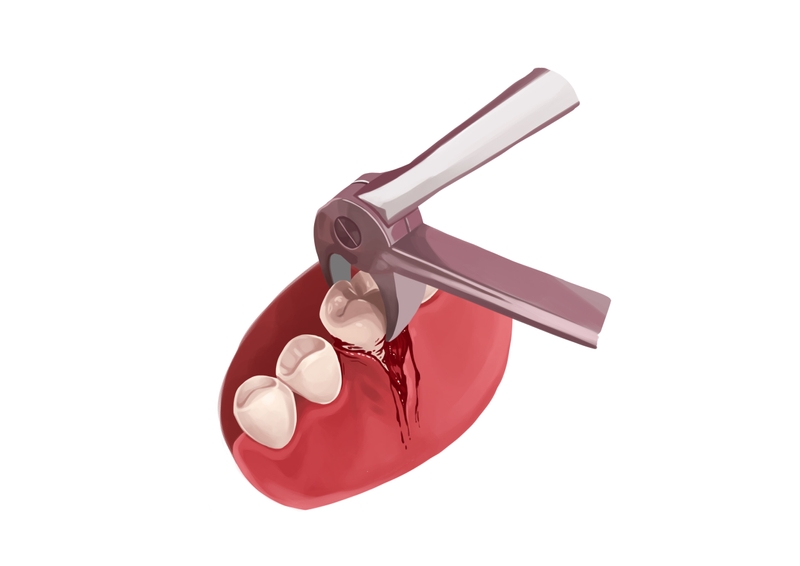
Picture by Authority Dental under CC 2.0 license
As we mentioned earlier, you may need to have a tooth extracted if the tooth is an over-retained primary tooth. This will allow the permanent tooth to erupt.
In recent years, some orthodontists extracted one or more of the premolars to allow enough space for movement. However, this has become outdated in more recent years. Some orthodontists still practice this method, however. Now, we intervene earlier in the processes and use other methods to create space for all of the teeth to align.
Veneers
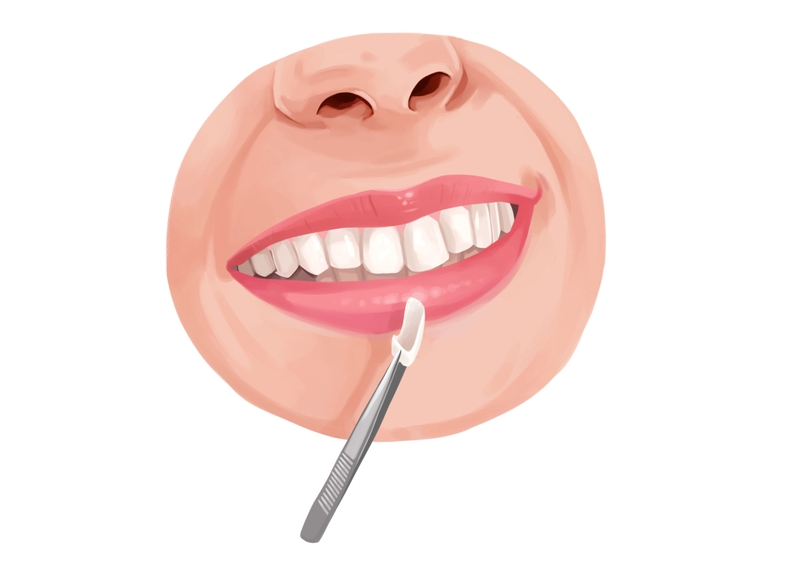
Picture by Authority Dental under CC 2.0 license
Instead of fixing the alignment of the teeth, some individuals choose to have veneers placed. This is especially effective if there is just one tooth out of alignment. A veneer covers up the front side of the tooth. It can be shaped so that the tooth looks straight.
Veneers may also be used after orthodontic treatment if you don’t like the shape or color of your teeth.
FAQ
Are crooked teeth genetic?
What are symptoms of crowded teeth?
Can crooked teeth straighten themselves?
Do crowded teeth get worse with age?
How long does it take to fix crooked teeth?
Will removing teeth help with overcrowding?
Do crowded teeth cause pain?
What celebrities have crooked teeth?